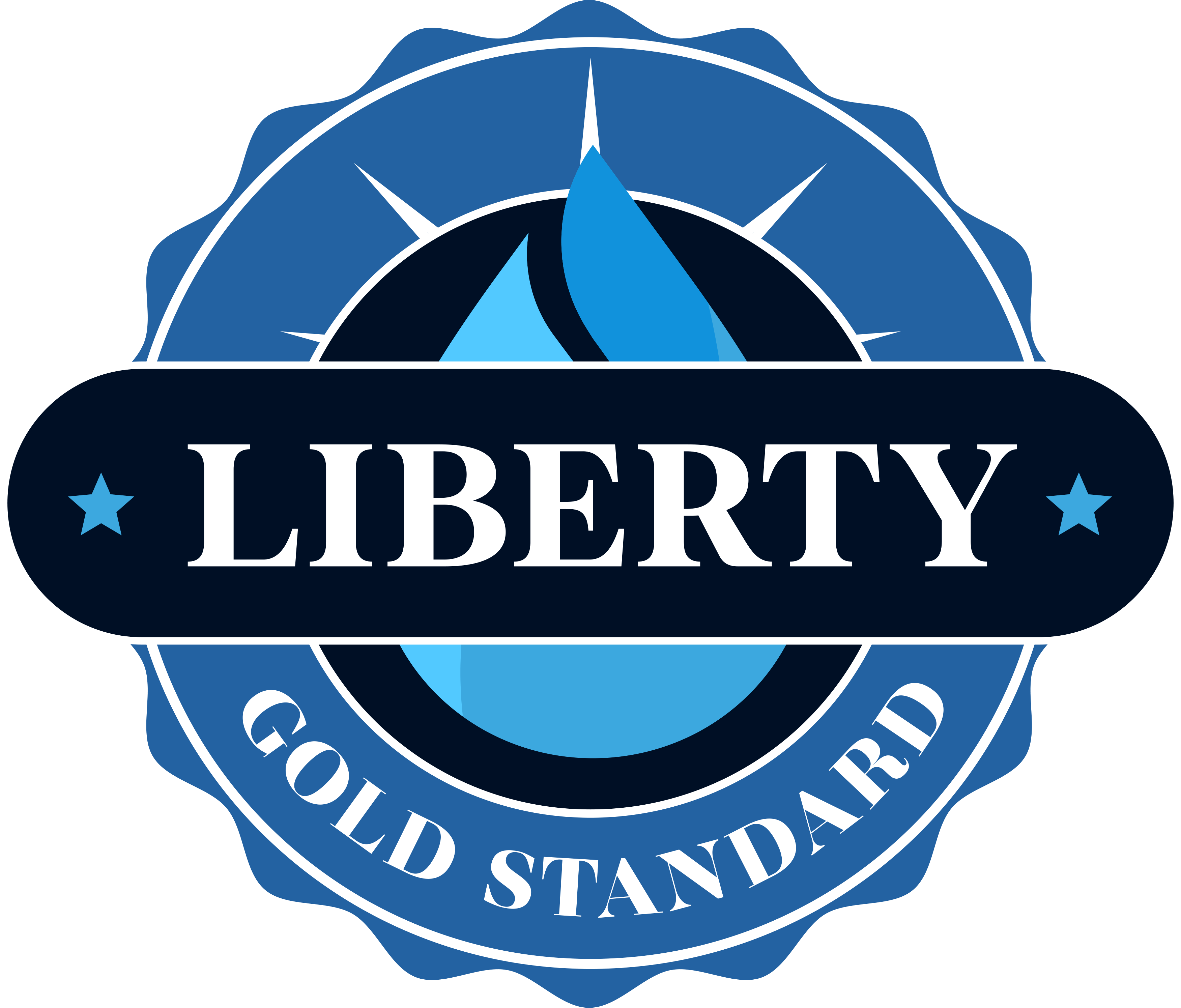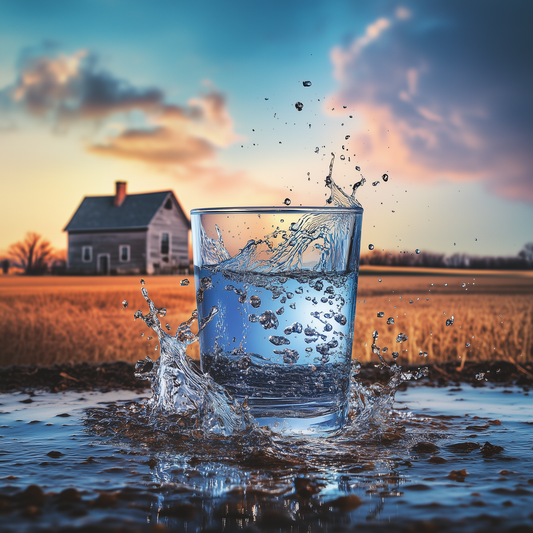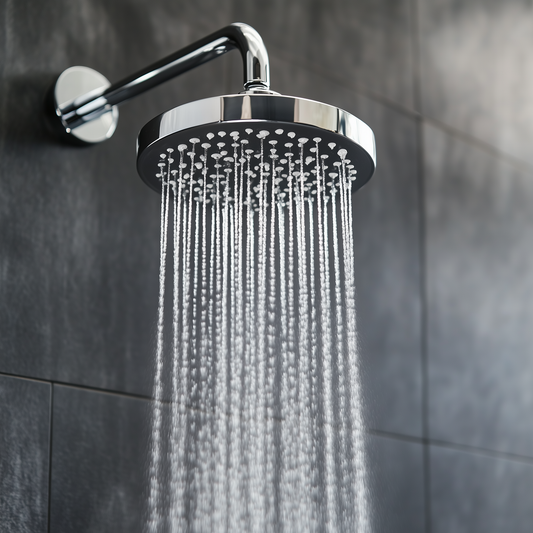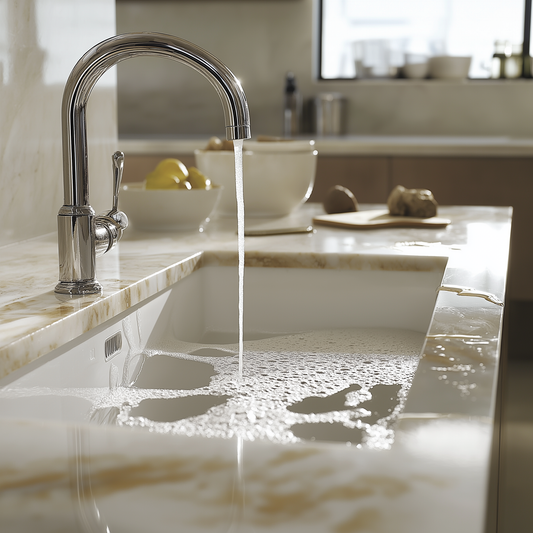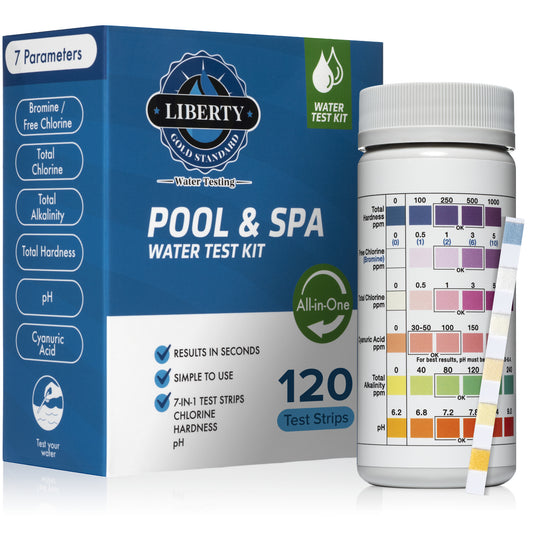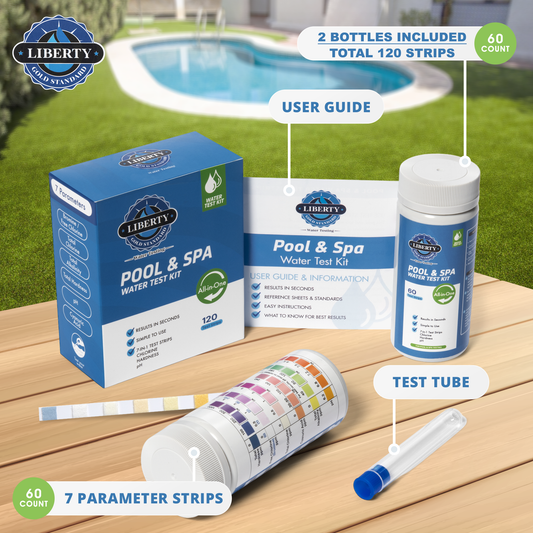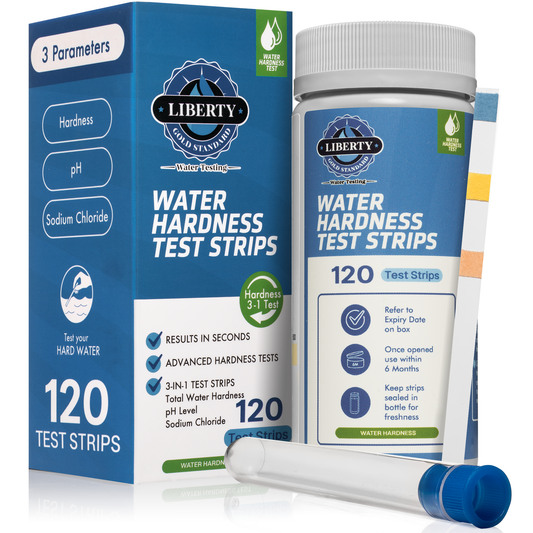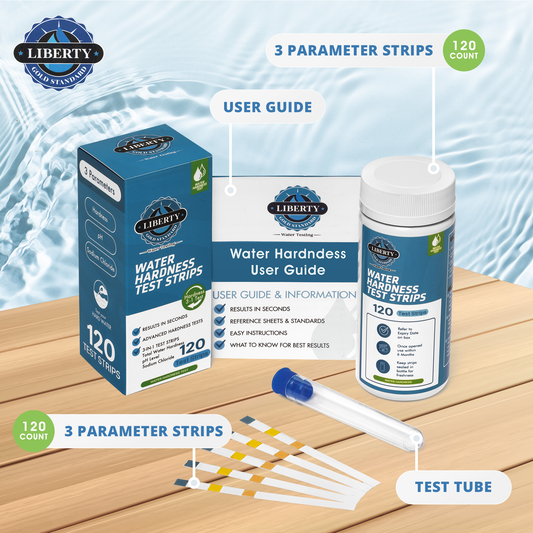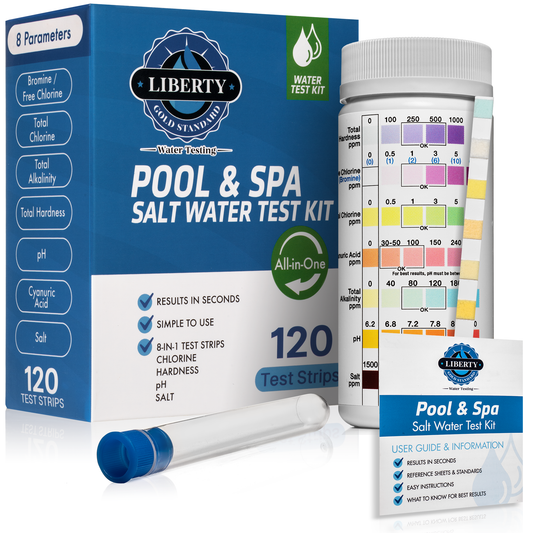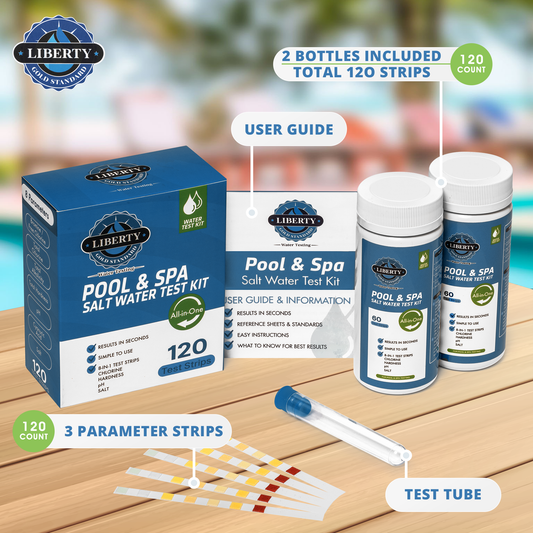There isn't a single "safe" level for water hardness in terms of health. Hardness is caused by minerals, primarily calcium and magnesium, which are beneficial in small amounts. The Environmental Protection Agency (EPA) doesn't regulate water hardness because it's not a safety concern.
However, hard water can cause problems around the house, like making it harder to get soap to lather and leaving mineral deposits on fixtures. Here's a general guideline for water hardness levels:
- Soft water: Less than 50 ppm or 3.5 grains per gallon (gpg)
- Slightly hard water: 60-120 ppm or 3.5-7 gpg
- Moderately hard water: 121-180 ppm or 7-10.5 gpg (This is considered the ideal range by some experts)
- Hard water: 181-250 ppm or 10.5-14.5 gpg
- Very hard water: More than 250 ppm or 14.5 gpg
If you're concerned about hard water's effects on your plumbing or appliances, you can buy a home water test kit and test the hardness levels. The next step is to add a water softening system to your home that will help remove calcium from water tank and soften water.
In water softeners, the key ingredient for removing hardness minerals is indeed salt, specifically sodium chloride (NaCl). This is not added directly to your home's drinking water supply.
Here's how it works:
- The water softener has a separate tank filled with salt pellets or brine.
- During a regeneration cycle, the softener draws brine (saltwater) from this tank.
- The brine doesn't mix with your household water. Instead, it flows through a resin bed inside the softener.
- This resin "captures" the hardness minerals (calcium and magnesium) from the brine.
- Once the resin is charged, the softened water is sent to your home's plumbing.
So, the salt stays within the water softener system and doesn't enter your drinking water. You only get the softened, treated water at your taps.
It's important to note that while softening removes hardness minerals, it doesn't necessarily improve drinking water quality in terms of taste or health benefits. In fact, softened water can be slightly higher in sodium content due to the regeneration process.
This is why at Liberty Gold Standard we have made a Water Hardness test that tests for Hardness, pH and sodium chloride when using water softener in your home. You need the salt pellets in your home water, but you are not necessarily looking to drinking more sodium from the tap. You use these water strips to ensure the water hardness levels are going down, while the sodium levels remain low. Use the test strips to double check safe levels of ph, salt and hardness as you install water softener system.
Learn more about safe levels of Sodium Chloride levels in your drinking water here.
